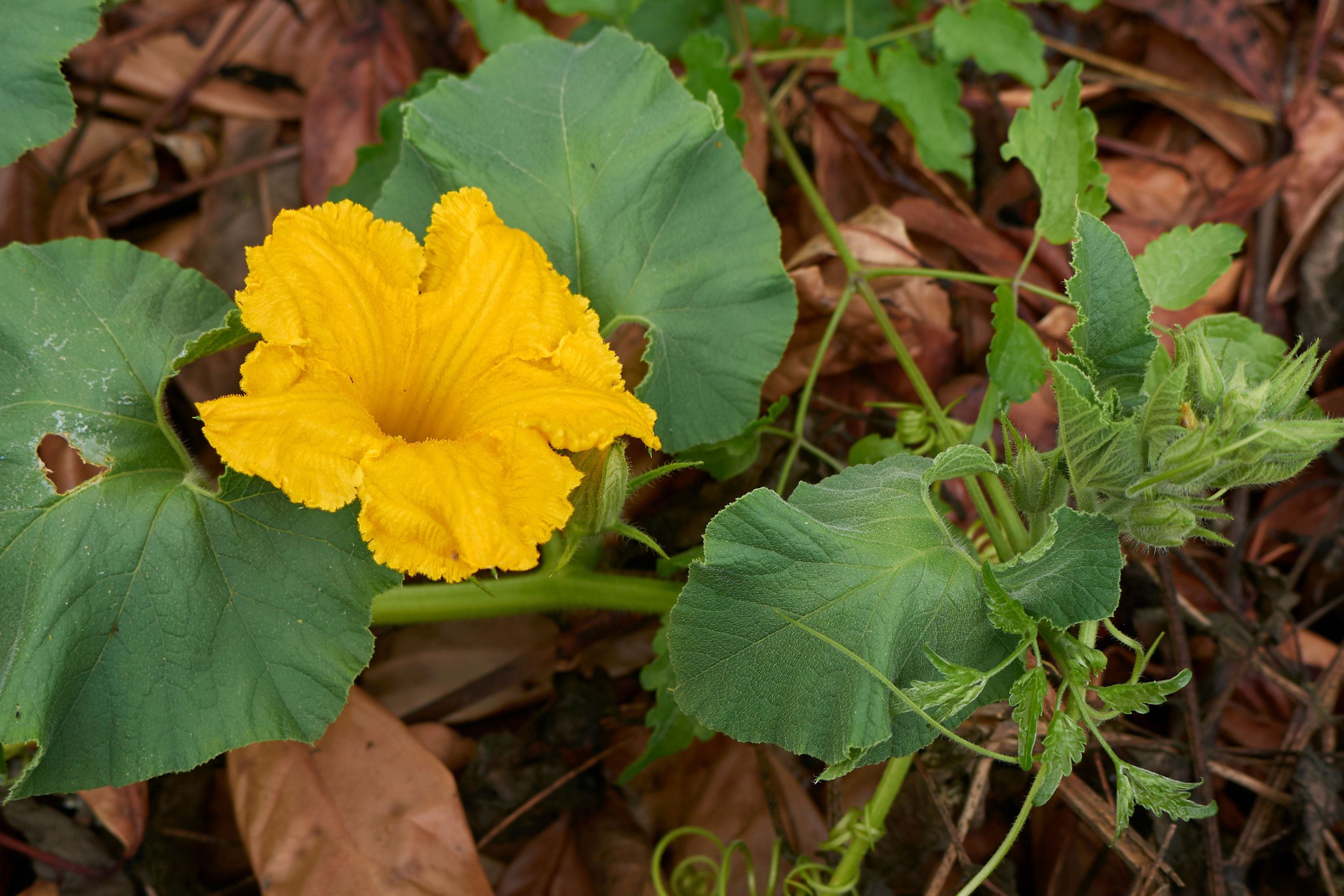Butternut squash
(Cucurbita moschata)

Description
Cucurbita moschata is a species of squash that is part of the Cucurbitaceae family. It is commonly known as the butternut squash, due to its shape and the creamy texture of its flesh. Butternut squash is a popular vegetable that is widely cultivated and consumed in many parts of the world, particularly in North America. In this article, we will explore the various aspects of Cucurbita moschata, including its taxonomy, morphology, distribution, cultivation, and culinary uses. Taxonomy Cucurbita moschata was first described by the Swedish botanist Carl Linnaeus in his seminal work "Species Plantarum" in 1753. The species name "moschata" comes from the Latin word "muscat," which means musky, referring to the sweet aroma of the fruit. Cucurbita moschata is part of the Cucurbitaceae family, which includes other important vegetables such as pumpkin, zucchini, and cucumber. Within the Cucurbita genus, C. moschata is closely related to C. maxima and C. pepo, two other species of squash that are widely cultivated. Morphology Cucurbita moschata is a warm-season annual plant that grows as a vine. The plant has large leaves that are triangular in shape and have toothed margins. The stems of the plant are prickly and can grow up to several meters in length. The fruit of Cucurbita moschata is a large, oblong-shaped berry that can weigh anywhere from one to five pounds. The fruit has a hard, smooth, tan-colored rind that is difficult to peel. The flesh of the fruit is deep orange and has a sweet, nutty flavor. Distribution Cucurbita moschata is native to Central and South America, where it has been cultivated for thousands of years. The plant was brought to North America by Native Americans, who cultivated it as a staple crop. Today, Cucurbita moschata is widely cultivated in many parts of the world, including North America, South America, Asia, and Africa. The largest producers of butternut squash are the United States, Mexico, and China. Cultivation Cucurbita moschata is a warm-season crop that requires a long growing season to mature. The plant prefers full sun and well-drained soil that is rich in organic matter. The soil should be kept consistently moist, but not waterlogged, throughout the growing season. The plant is usually propagated from seed, which can be sown directly in the ground after the danger of frost has passed. The seeds should be planted about one inch deep and spaced about three feet apart. The plant can also be grown in containers, but it will require a large pot and plenty of space to grow. Cucurbita moschata is a heavy feeder and will benefit from regular applications of fertilizer throughout the growing season. The plant is also prone to several pests and diseases, including squash bugs, vine borers, and powdery mildew, so it is important to monitor the plant closely and take action at the first sign of a problem. Harvesting and Storage Cucurbita moschata is usually harvested in the fall, once the fruit has reached maturity. The fruit should be cut from the vine, leaving about two inches of stem attached. The fruit should be handled carefully, as the rind is quite hard and can be easily damaged. Once harvested, the fruit should be cured in a warm, dry place for about two weeks to improve its flavor and storage life.
Taxonomic tree:







